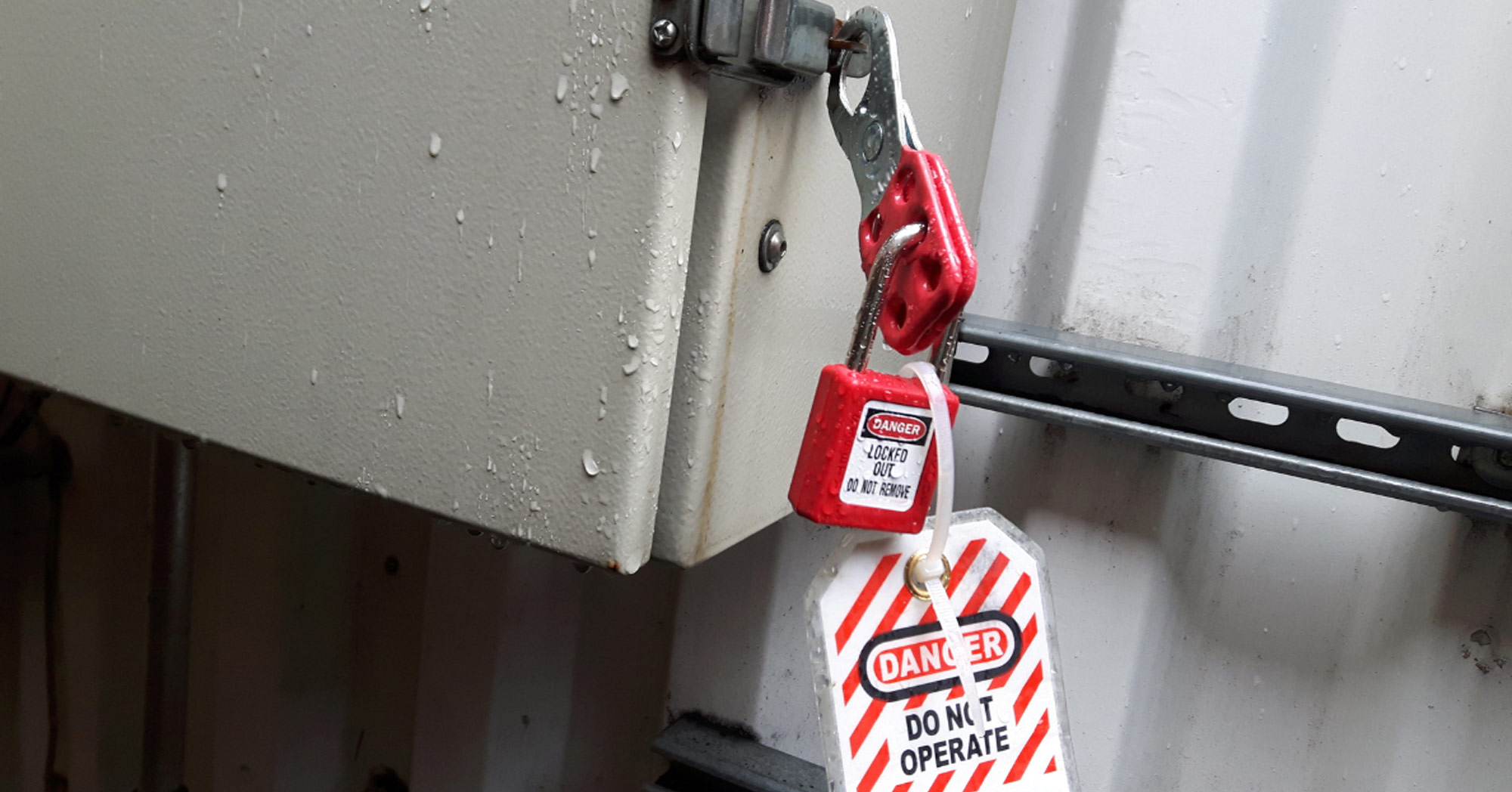
Everything you need to know about LOTO
This article will cover everything you need to know about lockout/tagout, including how to build a rock-solid program and avoid incidents, as well as Occupational Safety and Health Administration (OSHA) fines. Whether you’re very familiar with lockout/tagout procedures already or are just learning about it, this article will have something for you.
What is lockout/tagout?
The term “lockout/tagout” refers specifically to procedures used to ensure equipment is shut down, isolated from all energy sources, and inoperable until maintenance or repair work is completed. They are used to keep employees safe from unexpected start-up of equipment or machinery that could injure or kill them if not managed correctly—for example, a pneumatic press coming down on you while you’re cleaning under it or your boss boring you to death in another meeting when you could be out working.
Why do I need to worry about lockout/tagout?
If lockout/tagout practices aren’t observed, employees can be seriously injured or killed by the machinery or equipment they’re working on or around. That seems like a good enough reason, right? If you need more convincing, there are also some pretty hefty fines involved if you choose not to follow the regulations laid out by Code of Federal Regulations (CFR) 1910.147 (OSHA’s standard on the control of hazardous energy). In fact, this specific regulation is one of the top 10 most frequently cited by OSHA.
What are the OSHA lockout/tagout requirements?
The OSHA standard outlines the minimum requirements for controlling hazardous energy (pressure, gas, electricity, etc.). It requires employers to have a program in place to make sure employees lock out machines before servicing or maintaining them. Employers must establish the procedures for removing the energy source from machines and putting the appropriate devices on them to prevent unexpected start-up or reenergization. The program must also address any stored energy the machine may have.
Employers must also train employees on the program they establish and inspect the procedures regularly—at the very least, once a year. If tags will be used instead of locks, there must be additional levels of employee protection to prevent accidental injury or death.
How do I know if OSHA CFR 1910.147 applies to me?
If your company has employees who service or maintain machines that could potentially cause an injury, then most likely the regulations on lockout/tagout apply to you. Any time someone must construct, install, set up, adjust, inspect, modify, maintain, or service a machine or piece of equipment, you must have a procedure in place to do it safely. Even tasks like lubricating, cleaning, unjamming, or changing the attachments must follow the proper lockout procedure.
Essentially, if your people work in or on machines that could smash, cut, shock, trap, burn, or injure an employee in any other way, you’re better off having a lockout/tagout program in place. There are a few cases the standard doesn’t apply to, such as routine servicing that’s required in normal production use of the machinery. CFR 1910.147 doesn’t apply to agriculture, construction, and maritime industries or oil and gas well drilling and service. However, other standards do apply, and don’t you want your employees to go home with all the limbs they showed up with?
What tools exist to make lockout/tagout easier?
A lot of managers use old-school methods to manage their lockout/tagout programs, such as paperwork, spreadsheets, and binders. You could even get a little fancier and use something like SharePoint or DropBox to get rid of the binders. These methods can work, but unless you plan on riding a dinosaur home, you should probably consider a solution designed specifically to make them easy and meet the OSHA regulations.
BLR’s EHS management software is designed to make your procedures easy to build, manage, and access so you don’t have to worry about losing paperwork or sharing folders across the company! Plus, having images built into the procedures limits the chances something will be missed.
What is a lockout/tagout kit?
Lockout/tagout kits are bundles of lockout/tagout devices that can be used for multiple lockout/tagout procedures. They usually contain things like tags, padlocks, and other devices that help isolate potential energy release.
The benefit to these kits is that some operations can manage all their lockouts from one box. But keep in mind that lockout devices must be identifiable to a single employee through a tag, a sticker, or other means.
How to build a lockout/tagout program
- Create detailed, easy-to-access, equipment-specific lockout/tagout procedures.
- Notify affected employees.
- Follow the detailed procedures.
- Test the equipment to ensure that it’s truly locked out.
- Train on the importance of respecting locked and tagged machinery.
- Swap correctly during shift changes.
- Bring equipment back online.
- Review and audit procedures on a regular basis.
After the lockout program is built, make sure your employees understand how to use it correctly. Train them regularly, and even use imagery to remind employees of the correct way to complete the procedures.



